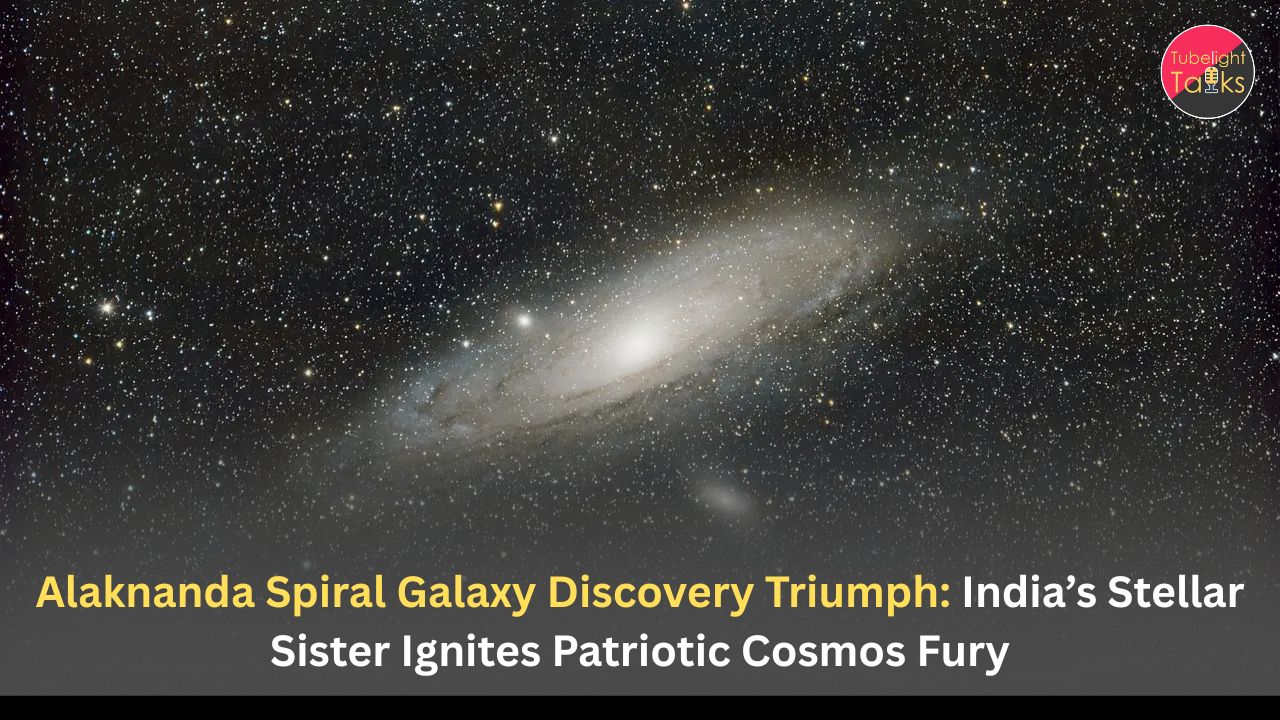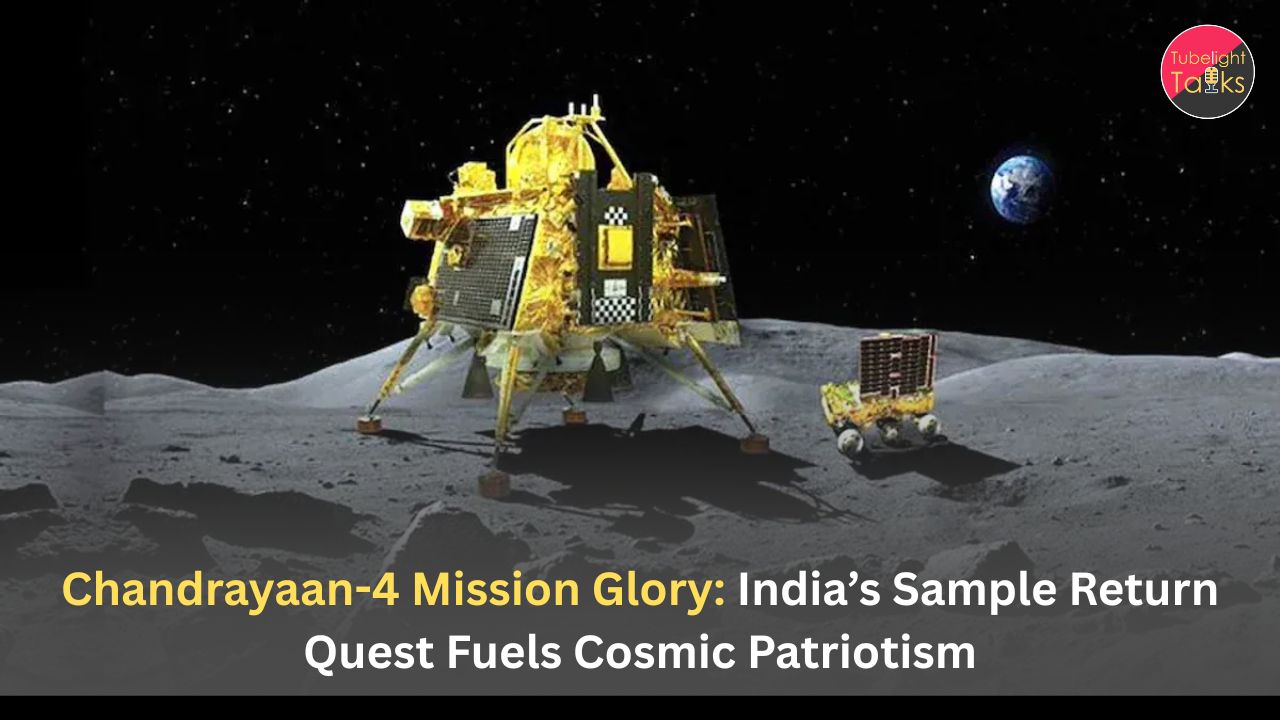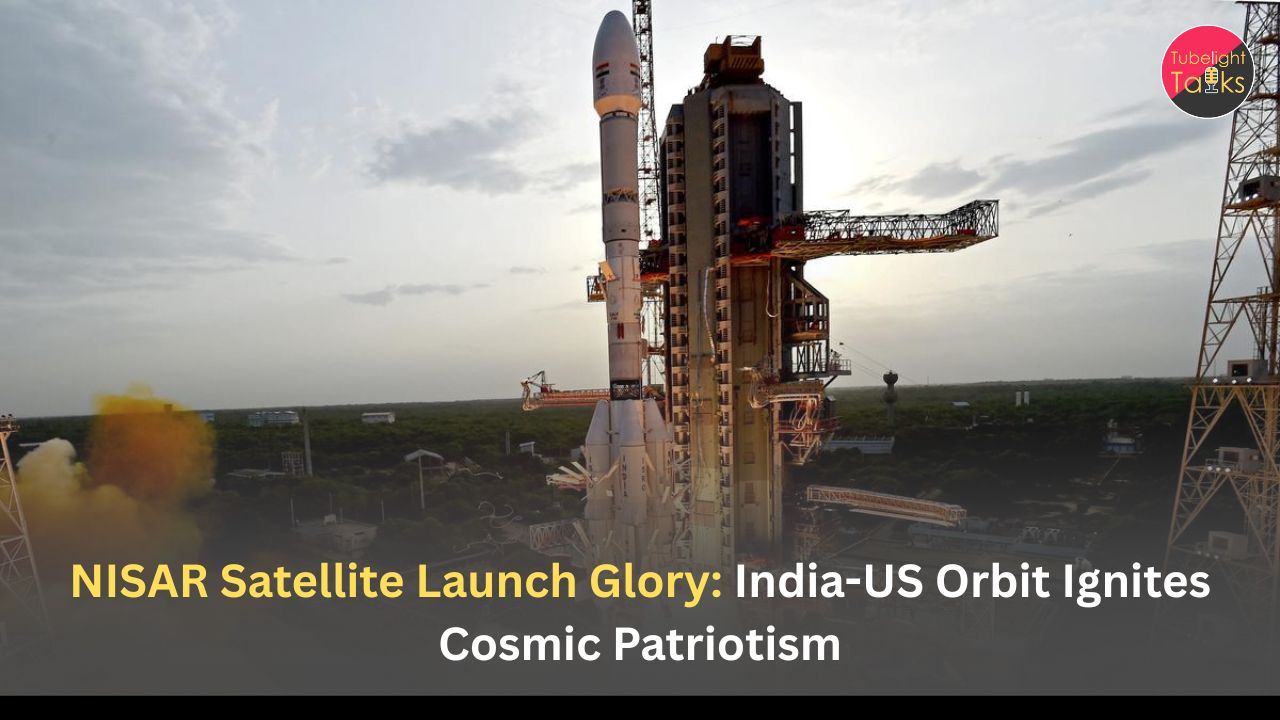This is the story of how humans broke free from Earth’s gravity, turned science fiction into reality, and opened the cosmos to civilians. In 2025, space tourism has become a new frontier, offering breathtaking views, weightless adventures, and a glimpse of our planet from above. But to understand this leap, we need to start with the basics—the technology that makes it possible.
The Basics: How Space Travel Works
Space travel relies on advanced rockets and spacecraft designed to carry humans beyond Earth’s atmosphere. The key is escaping Earth’s gravitational pull, which requires speeds of about 17,500 mph (28,000 km/h) for low Earth orbit, with higher speeds needed for deeper space missions. Rockets use powerful engines fueled by liquid propellants, like hydrogen and oxygen, to generate the necessary thrust.
There are two main types of space tourism in 2025:
• Suborbital flights — Reaching the “edge of space,” typically between 80 km (U.S. definition) and 100 km (Kármán line, international standard). Passengers enjoy a few minutes of weightlessness before returning.
• Orbital flights — Entering low Earth orbit (160–400 km), circling the planet for days, experiencing prolonged microgravity and constant Earth views.
Reusable rockets, perfected for commercial use by companies like SpaceX, have made these flights safer and more affordable than ever.
The Science of Getting to Space
Rocket propulsion begins when liquid fuel and oxidizer ignite, producing high-speed exhaust that pushes the vehicle upward. Suborbital flights, like Blue Origin’s New Shepard or Virgin Galactic’s SpaceShipTwo, use different methods—vertical launch vs. carrier aircraft with rocket boost.
In space, passengers experience microgravity because the craft is in free fall, like a roller coaster at its peak, either briefly (suborbital) or continuously (orbital). Orbital missions require more velocity and precision to maintain a stable path around Earth.
Safety systems include oxygen supply, temperature control, and radiation shielding. Heat shields protect the craft during reentry, when temperatures can reach 1,650°C (3,000°F).
Beyond Rockets: Balloons and Habitats
In 2025, not all “space” experiences involve rockets. Companies like World View offer high-altitude balloon trips to ~30 km in the stratosphere—below the true edge of space, but with panoramic views of Earth’s curvature.
Meanwhile, private firms like Axiom Space and Blue Origin are developing Orbital Reef, a planned orbital habitat for tourists and researchers with observation windows, sleeping pods, and leisure areas, expected in the late 2020s.
From Dream to Reality: The Pioneers
For decades, only governments sent people into space. That changed when visionaries like Elon Musk, Jeff Bezos, and Richard Branson invested in private spaceflight. The breakthrough came in 2004 when SpaceShipOne became the first privately built craft to reach space.
By 2025:
• Blue Origin offers 11-minute suborbital trips on New Shepard.
• Virgin Galactic is preparing for Delta class flights, with test flights in 2025 and commercial operations resuming in 2026.
• SpaceX operates orbital missions, including the Polaris Program’s follow-on missions in 2025, testing spacesuits for spacewalks.
Passenger Experiences
From the “overview effect” to the thrill of weightlessness, passengers call it life-changing. Suborbital trips require only days of prep, while orbital flights demand weeks of training.
Costs (2025 estimates):
• Suborbital: ~$200K–$500K per seat
• Orbital: ~$55M per seat for shared missions or $100M–$200M for full mission charters
Global Competition
The U.S. leads, but China, Russia, Japan, and Europe are pushing into the market. India’s Gaganyaan program, aiming for crewed missions in 2026, could lay the groundwork for future tourism opportunities.
Challenges and Risks
Space tourism carries risks—launch failures, reentry dangers, and environmental impacts from rocket emissions. The 2014 Virgin Galactic accident showed the stakes.
Still, by 2025, U.S. civilian flights have had no fatalities, and companies are testing cleaner fuels, like methane-based propellants, to reduce carbon emissions from launches.
The Road Ahead
From lunar flybys to orbital hotels, the 2030s could make space travel as common as luxury cruises today. NASA’s Artemis program and private ventures may one day take civilians to the Moon—and eventually Mars. SpaceX’s Starship aims to enable lunar flybys, potentially by 2030, following its 2024 uncrewed tests.
Beyond the Stars: The Journey to the Eternal Abode
While space tourism offers breathtaking views of the universe, Sant Rampal Ji Maharaj explains that the ultimate destination lies beyond the physical cosmos. By adopting Sat Bhakti—true devotion as guided in the scriptures—one can embark on a spiritual journey toward Satlok, the eternal abode, a realm of everlasting peace and happiness. Just as rockets can carry us beyond Earth’s atmosphere, the grace of a true spiritual guide can carry the soul beyond the cycle of birth and death, to a destination far greater than any galaxy.
FAQs: Space Tourism
- What is space tourism?
Travel by private citizens to space for recreation, either suborbital or orbital.
- How do suborbital and orbital flights differ?
Suborbital: brief weightlessness, ~80–100 km altitude. Orbital: multiple days in low Earth orbit, ~160–400 km.
- Who are the leaders in 2025?
SpaceX, Blue Origin, Virgin Galactic, plus Axiom Space and World View.
- What does it cost?
Suborbital ~$200K–$500K; orbital ~$55M per seat for shared missions or $100M–$200M (charter).
- Is it safe?
Risks exist, but strict safety measures have prevented civilian fatalities in U.S. space tourism to date.
- What’s next?
Lunar flybys, space hotels, and eventual Mars tourism.
- India’s role?
Gaganyaan’s 2026 crewed mission may lead to future tourism programs.
- What is the environmental impact of space tourism?
Rocket launches emit CO₂ and soot, but companies are exploring sustainable fuels to minimize harm.










